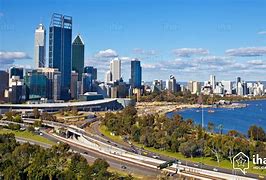Increased Density in Perth’s Runaway Market

A swathe of new developments in Western Australia has prompted questions about whether the state is shedding its penchant for NIMBYism once and for all.
NIMBY, or “not in my back yard”, describes residents or interest groups that oppose change, particularly new development, in their local area.
This is an attitude that Perth has battled with over time, and has grown more prevalent as the state contends with significant population growth and the challenges that development for new housing poses.
Perth NIMBYs have had a well-documented fear of heights over the years.
Broadly speaking, they are concerned about a scattergun approach to infill developments in the suburbs, arguing that the state can accommodate a growing population and achieve its economic potential while respecting community perspectives.
Government policy has focused on the increased density in inner and middle ring suburbs, which has challenged residents in a range of established suburbs who are nervous about change and the idea of more buildings in their local area.
Chief economist at Centre for Independent Studies Peter Tulip is adamant that the nation’s housing affordability crisis has been caused by planning restrictions that pander to NIMBY’s blocking new housing construction.
While at the RBA, Tulip’s research along with economist Peter Kendall suggested that restrictive zoning contributed about 40 per cent to the price of houses in Sydney and Melbourne.
Tulip reckons that current planning restrictions were being driven by older, wealthy homeowners afraid of change in their neighbourhoods. There is a huge problem that working-class families can’t afford to live within commuting distance of the city.
NIMBYism is certainly a bone of contention locally.
“NIMBYism slows down supply in weird ways,” Perth estate agent Peter Fletcher Tweeted.
“For example, the requirement to keep the facade of old buildings that have no great historical value. Sure, it’s nice to keep old buildings and the history they represent but it’s also nice to keep bushland.”
